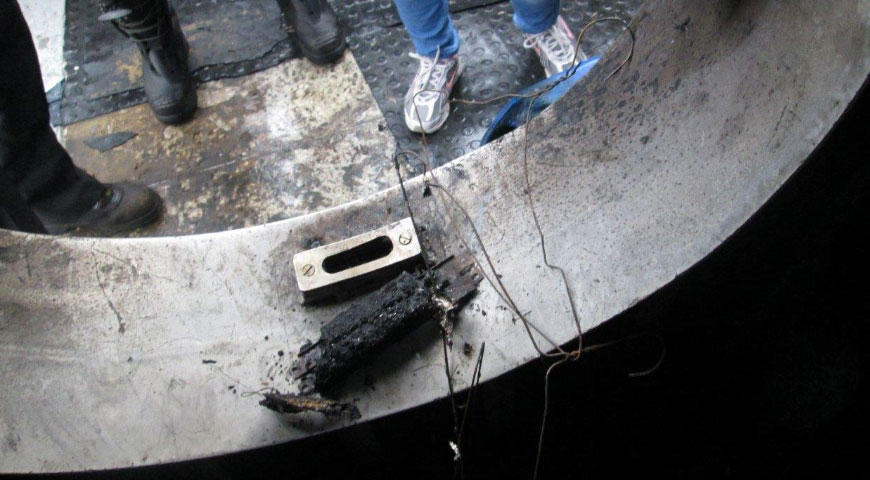Good Housekeeping for Fire Prevention
What happened
A fire on board an inbound passenger ferry was reported to port control just before entering the Cruise Bay for the Regional Ferry Terminal at Harbourfront. The incident was immediately relayed to the relevant agencies, where emergency response teams were swiftly dispatched to secure the safety of the passengers and crew, and to contain the intense fire.
The fire was localised at the funnel compartment, which is also an access to the engine room. The quick reaction of the Master and crew, as well as the swift deployment of SCDF’s and MPA’s response crafts, ensured that the fire was isolated and contained within the affected compartment. The passengers were also safely evacuated to another passenger ferry. Within 15 minutes, the fire was put out. Thanks to the decisive action of the involved personnel, there were no casualties and minimal damage to the ferry.
Why did it happen?
The most probable cause of this incident was identified to be an electrical fault, which resulted in an initial fire. However, the presence of charred objects in the funnel compartment, including clothing and clothes hangers amongst other unidentifiable objects, indicated that these foreign objects had likely caused the intensification of the fire. Further investigation revealed that the crew had the practice of drying their damp clothing in the funnel compartment instead of the designated drying racks on the open deck. The funnel compartment was also known to be used as a convenient storage place for other small items which had increased the fire risk.

Fire Hazards
With better fire detection and fire-fighting equipment on board that are in compliance with SOLAS regulations, we have seen a gradual reduction in the number of fire incidents over the years. Nonetheless, the investigation of 15 fire-related incidents reported in 2016 had identified poor housekeeping as the main contributory factor. Some fire hazards include but are not limited to:
- Lubricating oil and hydraulic oil are often overlooked as fire hazards due to their relatively lower flashpoints. However, the vapours of such oils may still be flammable at sufficiently high temperatures. Storage of such oils away from heat sources is the primary step for prevention.
- The level of cleanliness, especially in engine rooms, typically correlates to the level of fire safety on board all vessels. Drain pipes from gutters, drip trays, bilges and oily rags are the usual suspects. The more diligence is placed in upholding cleanliness, the lower the chance of a fire outbreak.
- Paint tins, cardboards and wooden planks are some items commonly kept on board for the occasional odd usage. However, poorly managed stowage of these items often result in them becoming fire hazards, possibly intensifying an otherwise controllable fire. The most common places are found to be electrical switchboards, boiler furnaces and rotating machineries.
We should remind ourselves that good housekeeping through the identification and isolation of potential fire hazards is paramount in reducing the risk of fires onboard.
